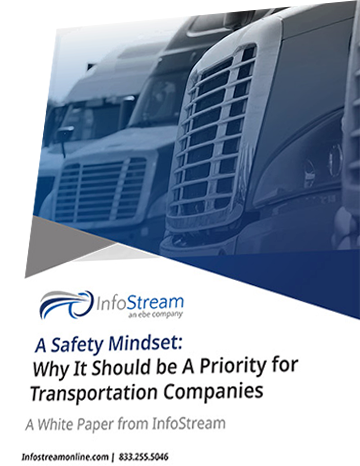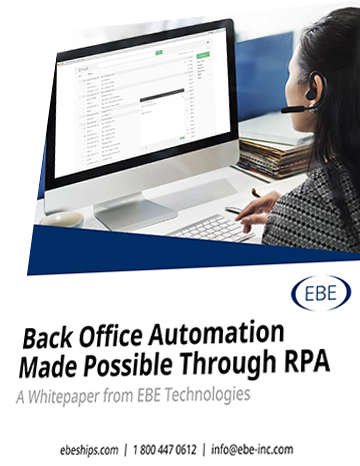

By Steve Binkley,
InfoStream Safety Consultant
The Federal Motor Carrier Safety Alliance (FMCSA) has numerous levels of commercial vehicle/driver inspections each designed for a particular purpose. FMCSA gives states and local jurisdictions funding to perform these inspections and collect data, which can impact future enforcement inspection plans.
It’s important for carriers to educate their drivers on the different inspection levels and what to expect during an inspection. Let’s review the levels and the focus of each.
This inspection is the most thorough inspection that can be performed. It includes an examination of:
Officers conduct a visual inspection under the commercial vehicle. They also measure the brake pushrod travel to see if brakes are adjusted. Passing this inspection level can qualify the tractor and trailer for a Commercial Vehicle Safety Alliance (CVSA) decal indicating no violations were found.
This inspection follows the Level I inspection except the officers do not go under the commercial vehicle and no brake pushrod measurements are conducted. Officers generally walk around and visually inspect the commercial vehicle. It is still possible for the vehicle to be placed out of service for certain vehicle violations. Commercial vehicles passing this inspection do not qualify for CVSA decals as they do that pass the Level I inspections.
At a minimum, Level III inspections should include when required, an examination of:
Vehicle violations/defects should not be listed on a Level III inspection. Too many times drivers go through this inspection level, and it is not documented on an inspection, unfortunately.
Generally,Level IV inspectionsinclude a one-time examination of a particular item. They are normally made to support a study or to verify a suspected trend. The inspections can also assist FMCSA in knowing what types of defects/violations are trending and what educational and enforcement programs can prevent future violations and assist with compliance.
Level V inspections include each of the vehicle inspection items specified under the North American Standard Inspection (Level I) and is conducted at any location without a driver present. The inspection level is normally used at motor carrier terminals.
All vehicles and carriers transporting HRCQ of radioactive material are regulated by the U.S. Department of Transportation (DOT) and required to pass the North American Standard Level VI Inspection. It is an enhanced version of the Level I inspection performed by specially trained officers.
Inspections not meeting the criteria of the other levels are classed as Level VII inspections. These are normally local jurisdiction inspections performed on school buses, limousines, shuttle buses. The inspections may be conducted by CVSA certified inspectors or local jurisdiction employees.
Inspection VIII is conducted electronically or wirelessly while the vehicle is in motion without direct interaction with an enforcement officer. To be considered a complete Level VIII Electronic inspection, a data exchange must include each of the required and/or applicable data points listed in the CVSA North American Standard Level VIII Electronic Inspection definition, which includes driver’s license and medical certificate information and Hours of Service information. This type of inspection saves time for the motor carrier, driver, and enforcement officer.
Knowing the different levels of inspections and their purpose can help educate our drivers, maintenance personnel, operations, and safety departments about what takes place during roadside inspections. Not all inspections are the same.
Each level of inspection can capture data that is useful to the FMCSA. The information can also benefit motor carriers by reviewing the data on each level and where it was completed.
Knowing the differences among inspections informs us if the commercial vehicle was eligible for CVSA decals. Motor carriers should review their inspections and the level of inspection for accuracy.









